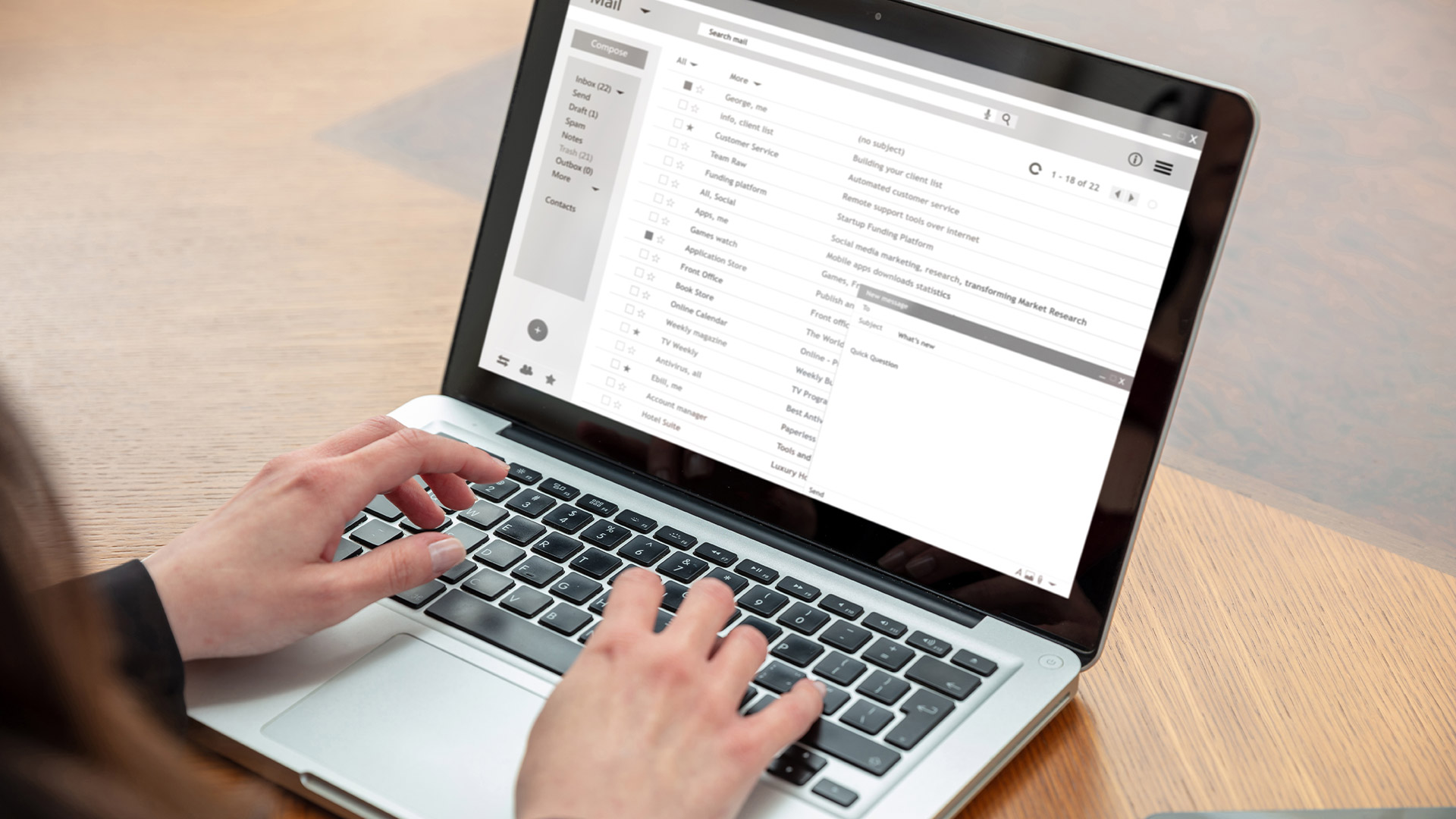Selling Merch: From Idea to First Sale

Launching your own merchandise might sound like something only massive creators do—but in reality, even smaller YouTubers are turning their personal brands into real products. Whether it’s a t-shirt with your catchphrase or a custom coffee mug, merch isn’t just a money-maker—it’s a community builder.
Launching your own merchandise might sound like something only massive creators do—but in reality, even smaller YouTubers are turning their personal brands into real products. Whether it’s a t-shirt with your catchphrase or a custom coffee mug, merch isn’t just a money-maker—it’s a community builder.
But how do you go from “I think I want to sell merch” to actually making that first sale? This guide walks you through it, step-by-step.
Step 1: Know Your Audience Before You Print Anything
Before designing anything, ask yourself:
- What do my viewers associate with me?
- Is there a phrase, joke, or design they repeat in the comments?
- What style does my audience wear—minimalist, bold, meme-y, or aesthetic?
Tip: Poll your community tab or Instagram story to ask what kind of merch they’d actually buy. People love to be involved—and it helps validate your ideas early.
Step 2: Start Simple With One or Two Items
Don’t launch with a 20-item catalog. Instead, test your audience with 1–2 pieces:
- A t-shirt with your signature quote
- A hat with your channel logo
- A sticker pack with your video memes
This keeps costs down and gives you room to refine based on what sells.
Example: A gaming creator launches with just one limited-edition hoodie that says “Let’s Rage” — a phrase fans constantly quote. It sells out in days.
Step 3: Choose the Right Platform
You have a few options when it comes to selling:
Print-on-Demand (e.g., Teespring, Spreadshirt, Merchbar)
- Pros: No upfront inventory, easy integration with YouTube
- Cons: Lower profit margins, limited customization
Pre-order Model
- Pros: Better margins, limited risk
- Cons: Delayed fulfillment, more manual handling
In-House Production
- Pros: Full control over quality, branding
- Cons: High upfront costs, logistics-heavy
For your first run, print-on-demand is a good low-risk starting point.
Step 4: Design Matters More Than You Think
Bad merch design screams “cash grab.” Good design becomes a fashion statement.
Tips:
- Don’t just slap your logo on a shirt—make it wearable.
- Hire a designer on Fiverr or 99designs if you don’t have design skills.
- Think subtle references only your audience will get (makes it feel exclusive).
Real example: YouTuber Kurtis Conner sells shirts with ironic slogans and 90s-inspired graphics—totally in line with his brand tone.
Step 5: Price It Right
Pricing depends on your audience. If your base is younger or international, affordability matters. But don’t undercharge either—people will pay for quality and connection.
Guidelines:
- T-shirts: $20–$30
- Hoodies: $40–$60
- Accessories: $10–$25
Use scarcity (limited drops or pre-orders) to drive urgency.
Step 6: Promote Authentically
Don’t just flash the merch once at the end of a video. Instead:
- Wear it casually in your videos before launch
- Show behind-the-scenes of the design process
- Share fan comments and polls in real-time
Your goal: Make it feel like a moment, not just a plug.
Step 7: Use Your Video Real Estate
Where to promote your merch on YouTube:
- Pin a comment with the link
- Add it in the description with a short message
- Use YouTube’s merch shelf (if eligible)
- Mention it verbally in the first 60 seconds of the video
Pro Tip: Create a dedicated “drop video” for major launches that walks fans through the idea, the meaning behind it, and how to grab it.
Step 8: Fulfill Smoothly (And Communicate!)
If you’re not using print-on-demand, make sure your fulfillment is clean. Use platforms like Shopify with Shippo or PirateShip for smooth shipping label integration.
Always send confirmation emails and provide tracking info. Your merch might be someone’s gift to themselves—treat it that way.
Step 9: Feature Your Buyers
Celebrate your first customers by reposting their photos (with permission), sharing reviews, and building a feedback loop.
Not only does this boost sales—it also strengthens community ties.
Bonus: Add a personal note or sticker in your packaging to make the experience memorable.
Step 10: Keep Iterating
Your first product is just the beginning. Ask for feedback, watch what sells out, and expand slowly.
Next steps might include:
- New seasonal designs
- Collabs with artists or fans
- Merch based on new content themes
Think of merch not just as merch—but as an extension of your identity online.
Common Mistakes First-Time Creators Make
Launching Too Soon
Creators often rush to release merch before their audience is engaged enough to care. If you're still building community, focus on content first.Overcomplicating the Store
Too many sizes, colors, and product types can overwhelm buyers. Start with 1–2 options, learn what works, and scale from there.Ignoring Mobile
Most fans browse on their phones. Make sure your store is mobile-optimized and checkout is frictionless.Lack of Storytelling
Fans don’t just want stuff—they want meaning. Tie your designs to your content or inside jokes. Give them something to feel proud wearing.
Real Creator Wins: Mini Case Studies
1. Jarvis Johnson
He sells merch with ironic internet slogans that match his YouTube humor. The shirts are clean, witty, and don’t scream “YouTuber.” As a result, even casual fans feel comfortable wearing them.
2. Moriah Elizabeth
This DIY channel creator uses her unique art style on colorful items like squishy toys and printed journals. Her audience of younger fans snaps them up because it feels like owning a piece of her creativity.
3. Graham Stephan
Instead of just logo tees, he launched mugs and minimal apparel tied to finance memes and inside jokes. Perfectly aligned with his niche audience.
These aren’t just T-shirts—they’re culture symbols.
Tools to Help You Launch
- Printify / Printful: For automated print-on-demand with Shopify or Etsy
- Bonfire: Great for nonprofit-style or campaign-driven merch
- Placeit: For mockups and design previews without a designer
- Gumroad: Useful for pairing digital merch (like wallpapers) with physical drops
Start small. Build iteratively. And always stay close to your audience.


